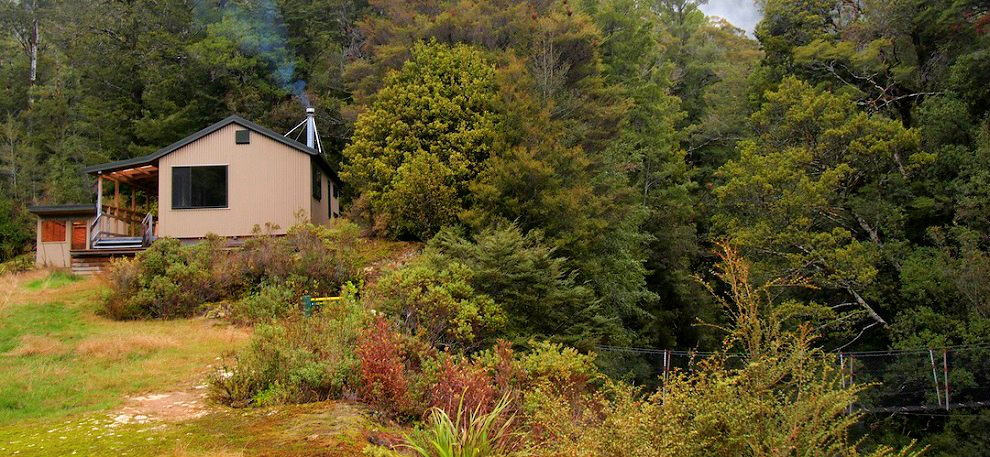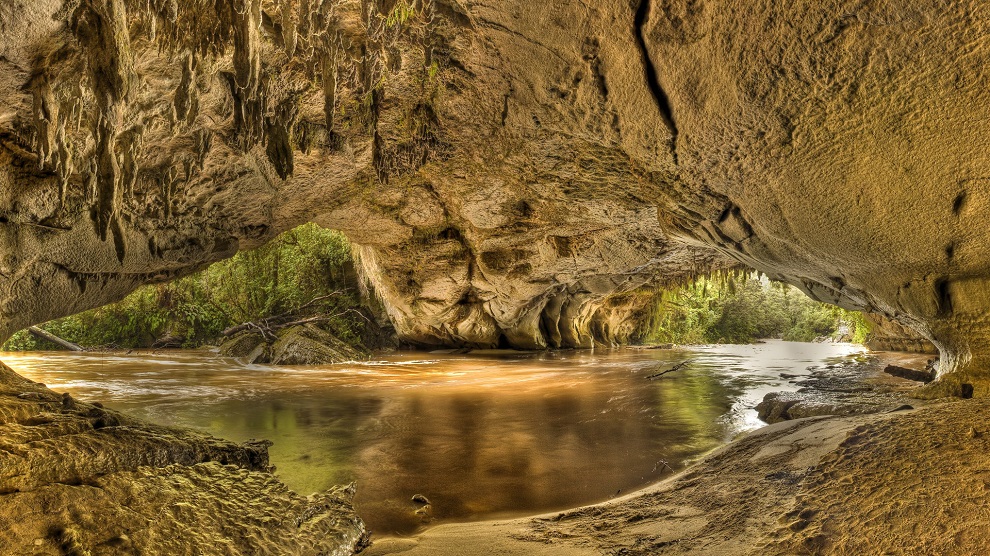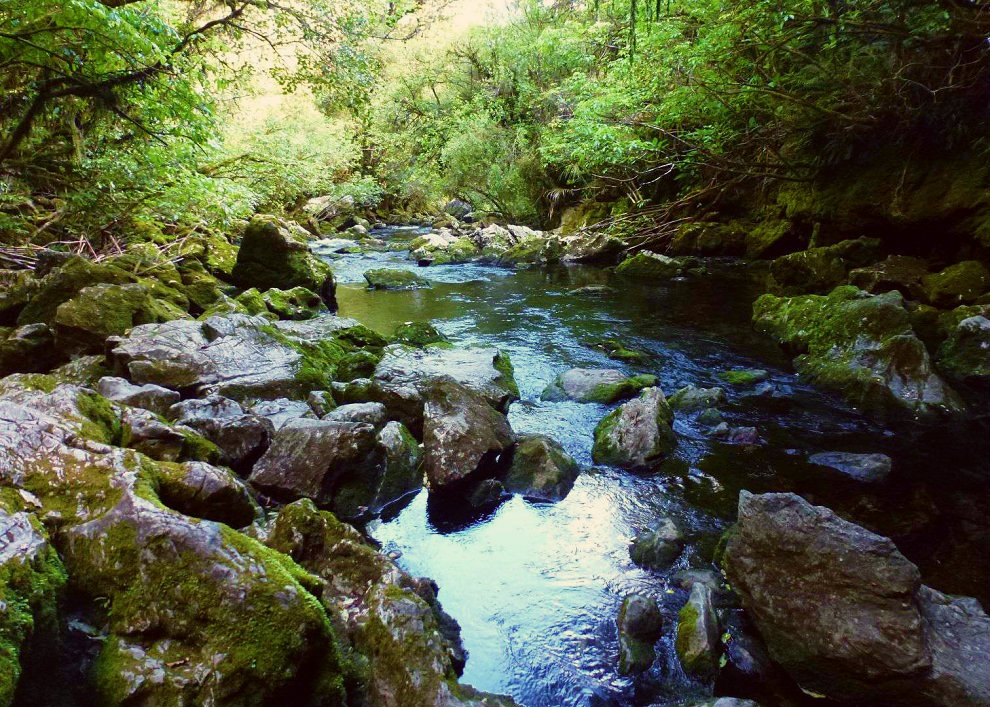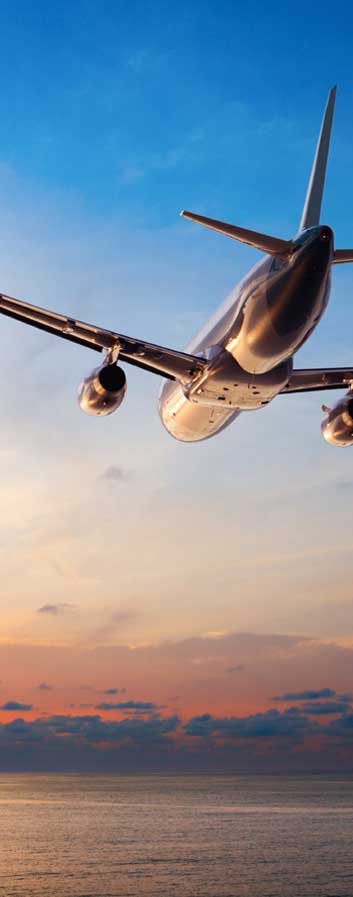Kahurangi National Park
Diverse and wild, Kahurangi is an enticing world of marble mountains and peaceful, palm-fringed beaches.
In the Maori language, Kahurangi means 'treasured possession', a clue to the attractions of New Zealand's second largest national park. Within its boundaries lie some of the oldest rocks, strangest plants and rarest birds in the country.
While much of the park is untracked wilderness, other areas are laced with a network of walking tracks that allow you to explore high plateaux and coastal palm forests. The Heaphy Track is the park’s most famous and accessible treasure, followed by more than 4000 walkers each year. A ‘Great Walk’ by every definition, the track covers 78km of subtropical rainforest, tussock high country, river valley and coast. For hundreds of years the route was used by local Maori tribes on their way to the pounamu (greenstone) resources of the west coast.
The complex landforms of Kahurangi National Park attract fossil hunters, cavers and anyone with a fascination for geology. On the surface, fluted rock, arches, sinkholes, shafts and disappearing/reappearing streams give the landscape exceptional character. New Zealand’s oldest fossil – 540 million years old – was found in the park. Mount Owen and Mount Arthur are the park's 'marble mountains'. Within these mountains, water has dissolved the marble to create extensive cave systems.
There are 18 species of native New Zealand birds living in the park. While walking, visitors will be serenaded by bellbirds, tui and sociable South Island Robins. Several species of native land snail may also be encountered. These giant snails are carnivorous, feeding at night on worms that grow up to a metre long. If you go caving, keep an eye out for the Kahurangi Cave Spider, one of the world's rarest, which has a leg span of up to 12 centimetres.
Several threatened species survive here, from the diminutive rock wren to the great spotted kiwi, one of New Zealand's largest birds. The park is also home to the smallest of our giant weta (a flightless insect a bit like a grasshopper). 20 species of carnivorous land snail (Powelliphanta) live in Kahurangi; they can sometimes be seen near limestone outcrops, though they tend to only come out on damp nights to feed on native worms that grow up to a metre long.
In the east, beech forest is dominant while to the west you will see native forest with a rich under storey of ferns, vines and shrubs. On the coast, stands of nikau palms give the forest an almost tropical look. 80% of New Zealand's alpine species can be found in the high reaches of the park.

The Department of Conservation looks after many hikers' huts in the park. The Heaphy Track is served by four Great Walk huts. Hikers following the Wangapeka Track will find seven huts along the way. Camping is allowed, but is restricted to designated sites along the tracks.
Motueka, Takaka, Karamea and Murchison are the park's gateway towns, providing a range of mostly budget accommodation. Roads from these towns lead to the park's car parks, where the walking tracks begin.

The beautiful D is a 3 to 5-day walking experience that explores a diverse range of forest, beaches and tussock downs. The Wangapeka Track traverses the park from east to west, also taking between 3 and 5 days. There are many shorter walks in the park, which begin at access roads leading from Karamea, Takaka, Murchison and Motueka.

The Kahurangi national park's famous cave systems attract spelunkers from all over the world.Some of the finest caving in New Zealand can be found inside Mount Owen, which still has many unexplored passages. Caving expeditions usually involve the use of helicopters to transport equipment, supplies and cavers to the entry point.

Remote, wild rivers are a feature of the park. Many are suitable for experienced kayakers only, but commercial rafting tours are available. The Karamea River is known for good trout fishing.



































